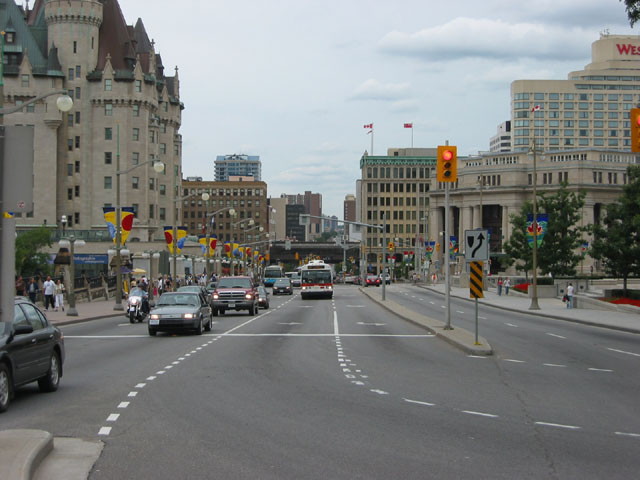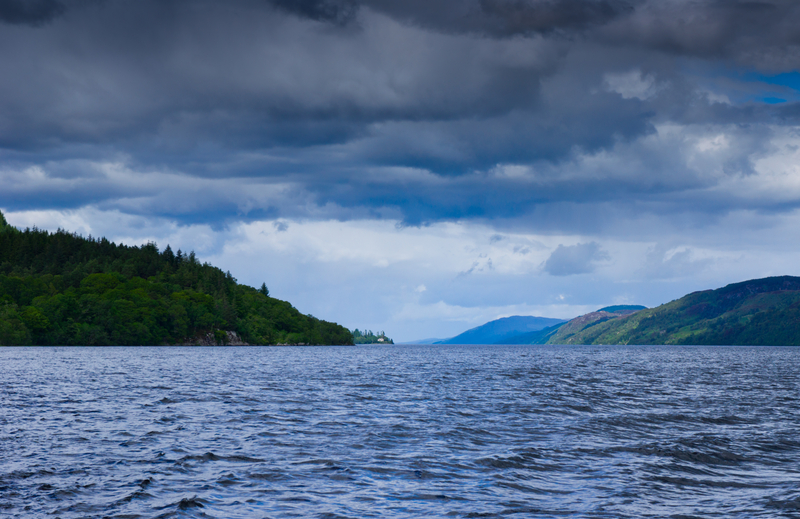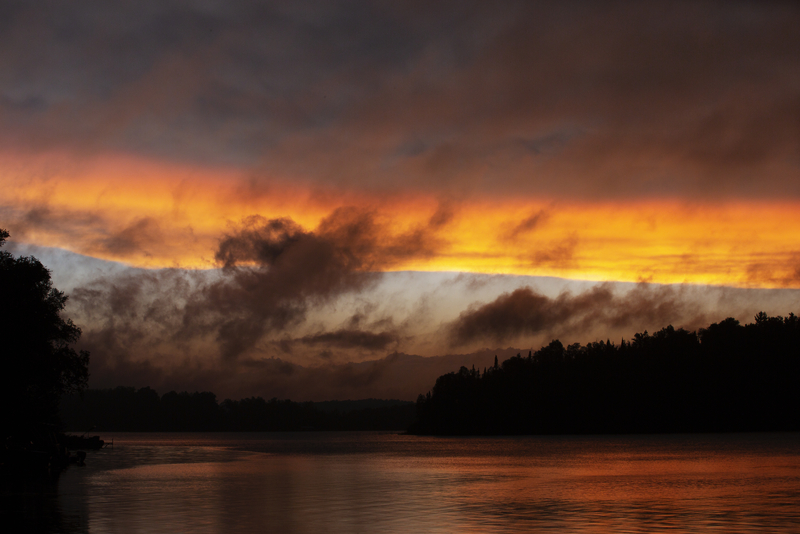This past Wednesday at about 10:30am local time, Rideau Street, a main avenue in downtown Ottawa, fell victim to a sudden sinkhole (more on what this is soon). It started as a fairly small collapse on one side of the road. Very soon after, however, a second collapse stretched the area of the sinkhole from curb-to-curb. A parked minivan was even swallowed up by the hole, though thankfully no one was inside. Videos and photos of the area showed torrents of water rushing into the open space, caused by a broken water main (a large "main" pipe that carries water to businesses and homes). Also broken (and more dangerous) were natural gas lines, which sent a foul smell into the air.
What caused the sinkhole?
Naturally, the area was quickly evacuated by police and fire crews. This part of Rideau Street is not only near a popular shopping mall, the Rideau Centre, but it is close to numerous businesses and a large hotel. No one was killed or injured by the sinkhole, which is comforting. But a little worrisome is the fact that three days later, no one really knows what caused the sinkhole in the first place.
Many in the area have been quick to blame the sinkhole on the construction happening for a new LRT line (light rail transit, similar to larger streetcars and subways) under the street. Both a station and tunnel for the future transit line are being built currently in the area. While this could be a cause, the roof of the tunnel is 19.4 metres underground. This is quite a bit deeper than the bottom of the sinkhole. Construction crews reported that the tunnels were unaffected by the collapse above, although they stopped construction on them just to be safe.
So if it's not the constructions, what did cause it? This particular investigation will take awhile, but in the mean time let's look at how sinkholes happen.
Where did my rock go?
A sinkhole is cause by the erosion, or wearing away, of rock underneath the surface of an area, or bedrock (because it is the rock that the surface lays upon, as you would on a bed). This is usually caused by acidic water "eating" at the rock until a giant cavity, or hole, is created. As this cavity grows, the ground on the surface loses its support and begins to collapse, or sink.
There are two types of sinkholes. The first type, called a cover-subsidence sinkhole, happen slowly. The surface sinks gently over time as the bedrock disappears. Though these sinkholes change the look of the surface they occur so gradually there is no real danger. A cover-collapse sinkhole, however, can be very dangerous. In this case, the surface stays firm and holds its shape... until one day when it just can't take it anymore. The collapse is quick and dramatic. Like what just happened in Ottawa.
The investigation continues
For the time being, the Rideau Street sinkhole is stable. Construction crews poured massive amounts of concrete into it Wednesday evening to stabilize the area. The water is getting redirected and fixed. The gas lines are being repaired, too. Eventually, we should know more clearly what happened. Did the construction deep underground trigger something? Did the sinkhole cause the water main to shatter and flood? Or did the water main burst first, washing away the earth below and causing the hole?
It'll be interesting to find out!
 A view down Rideau Street, before the sinkhole opened up. Though it is a major street, no injuries occurred and only one car fell into the hole. (Wikimedia Commons)
A view down Rideau Street, before the sinkhole opened up. Though it is a major street, no injuries occurred and only one car fell into the hole. (Wikimedia Commons)










It was suprising that the sink wholes just happend out of nowear.
😳 😛 😮 😮
so whered i mean it came out of no where like the titanic it sinked out in the middle of nowwhere